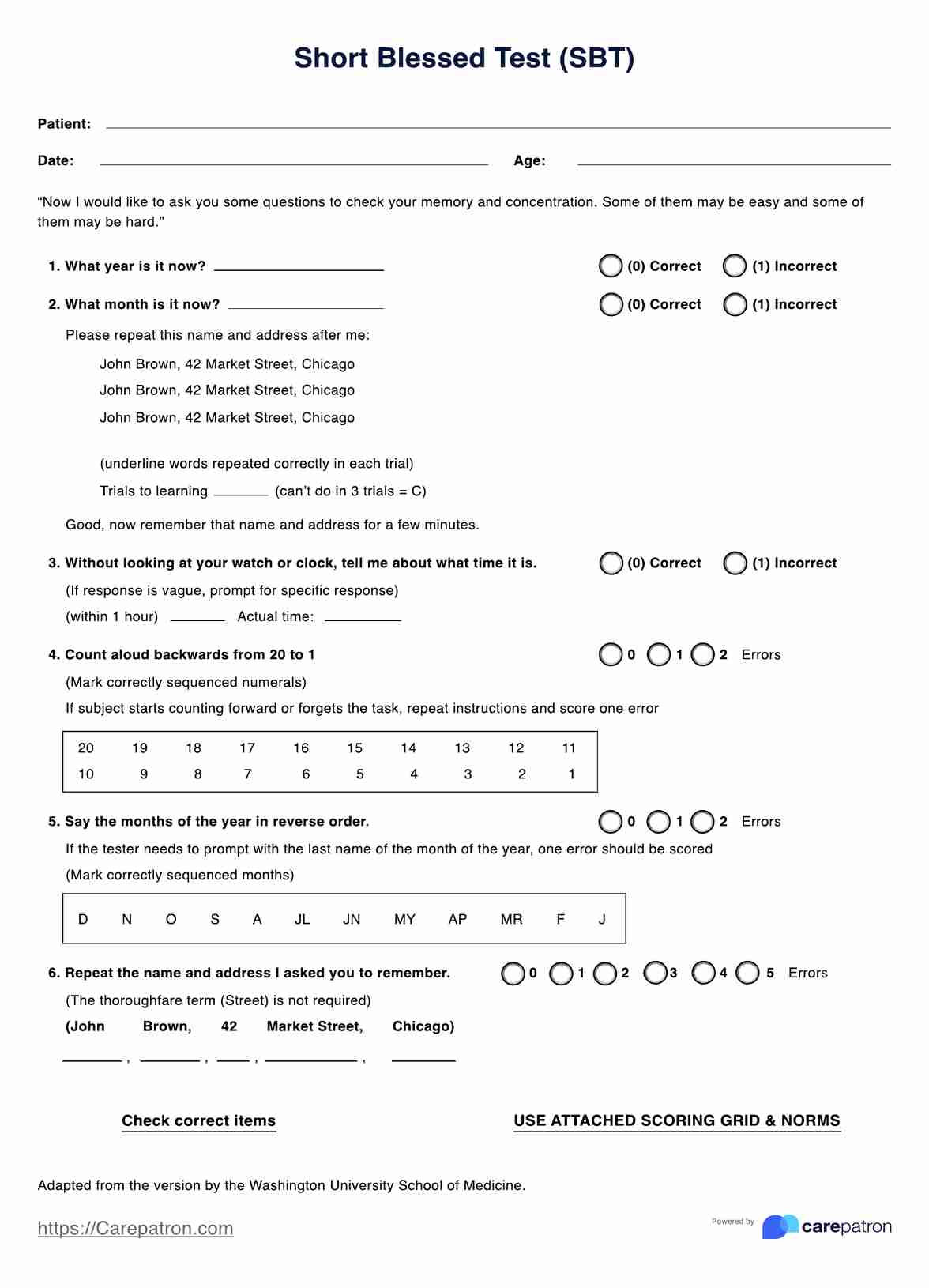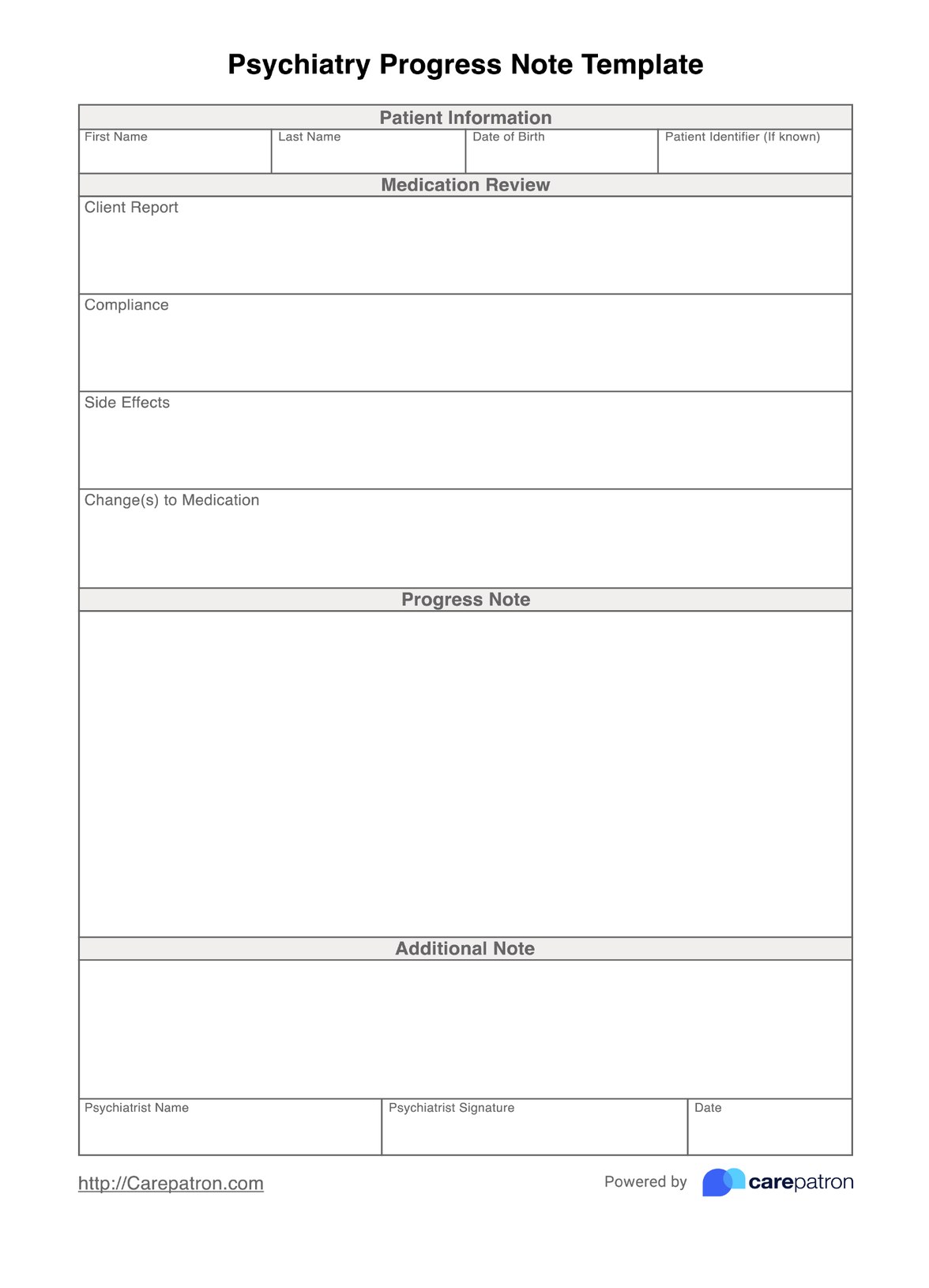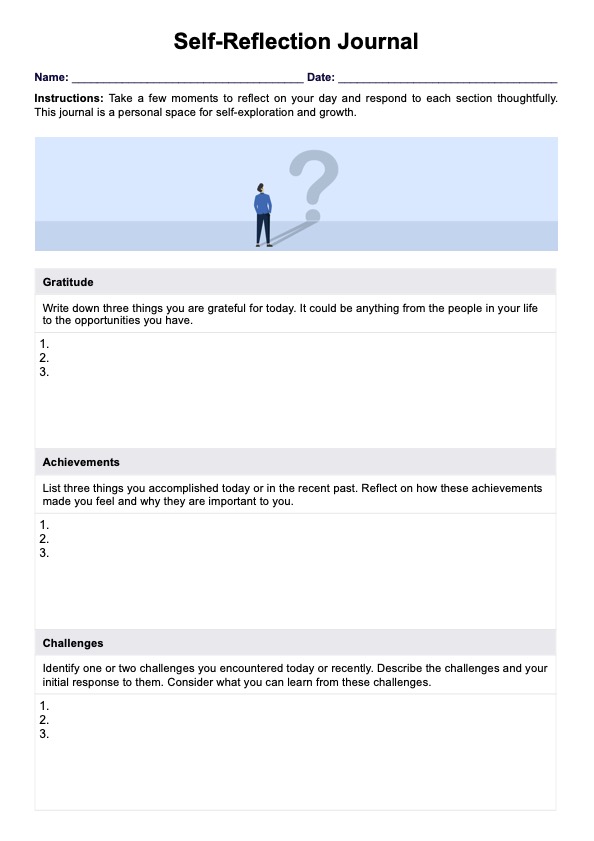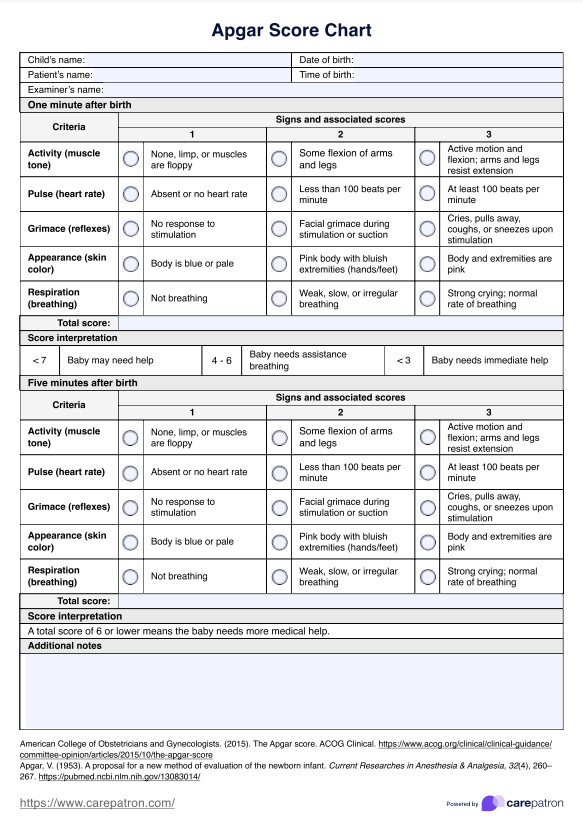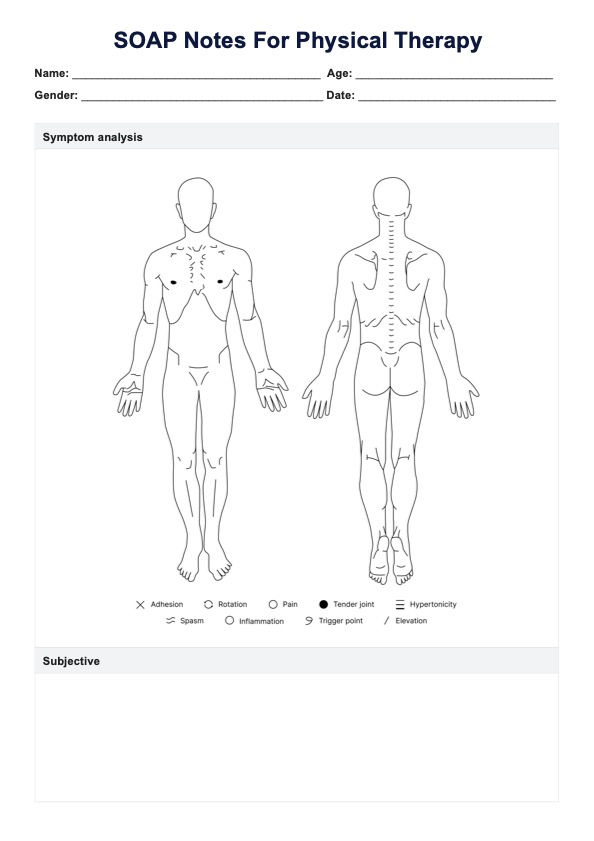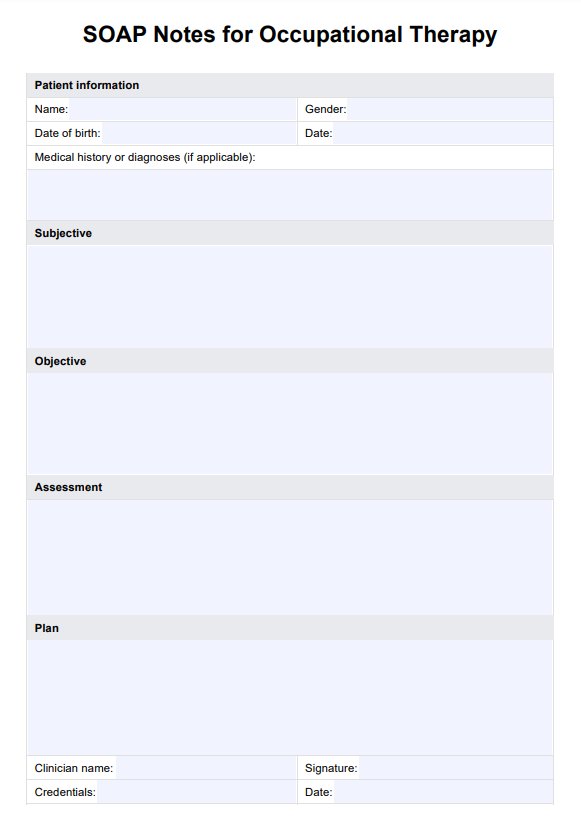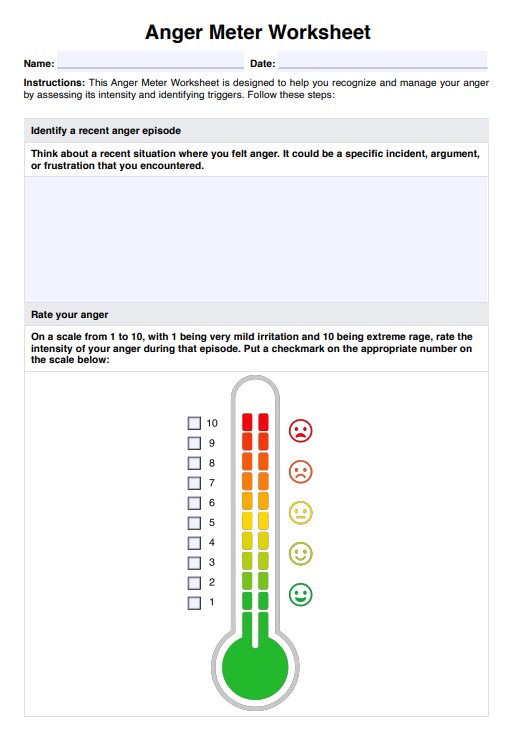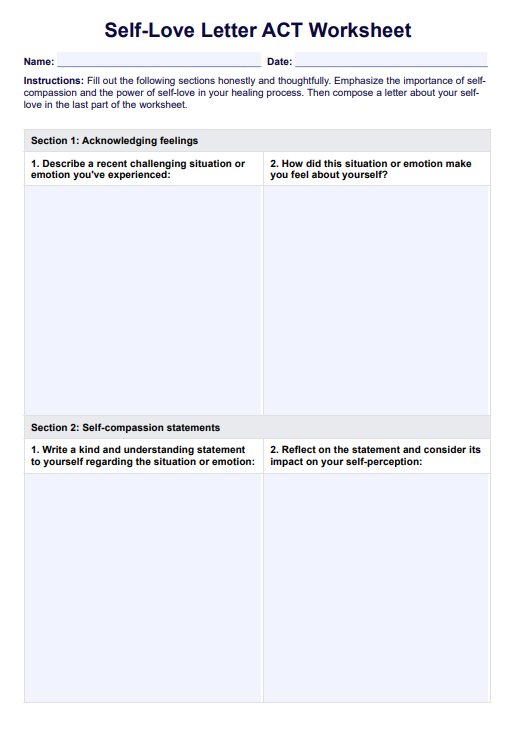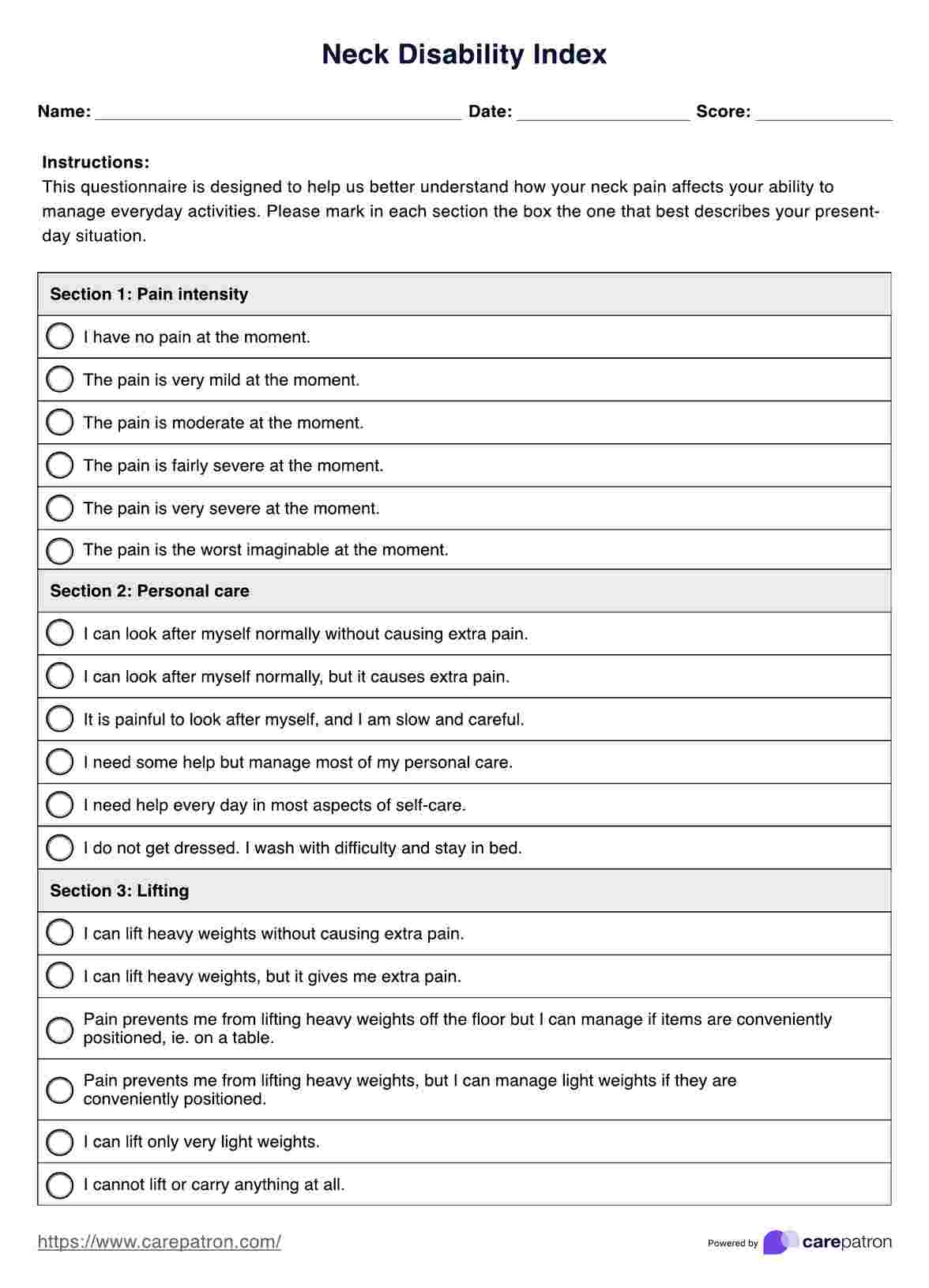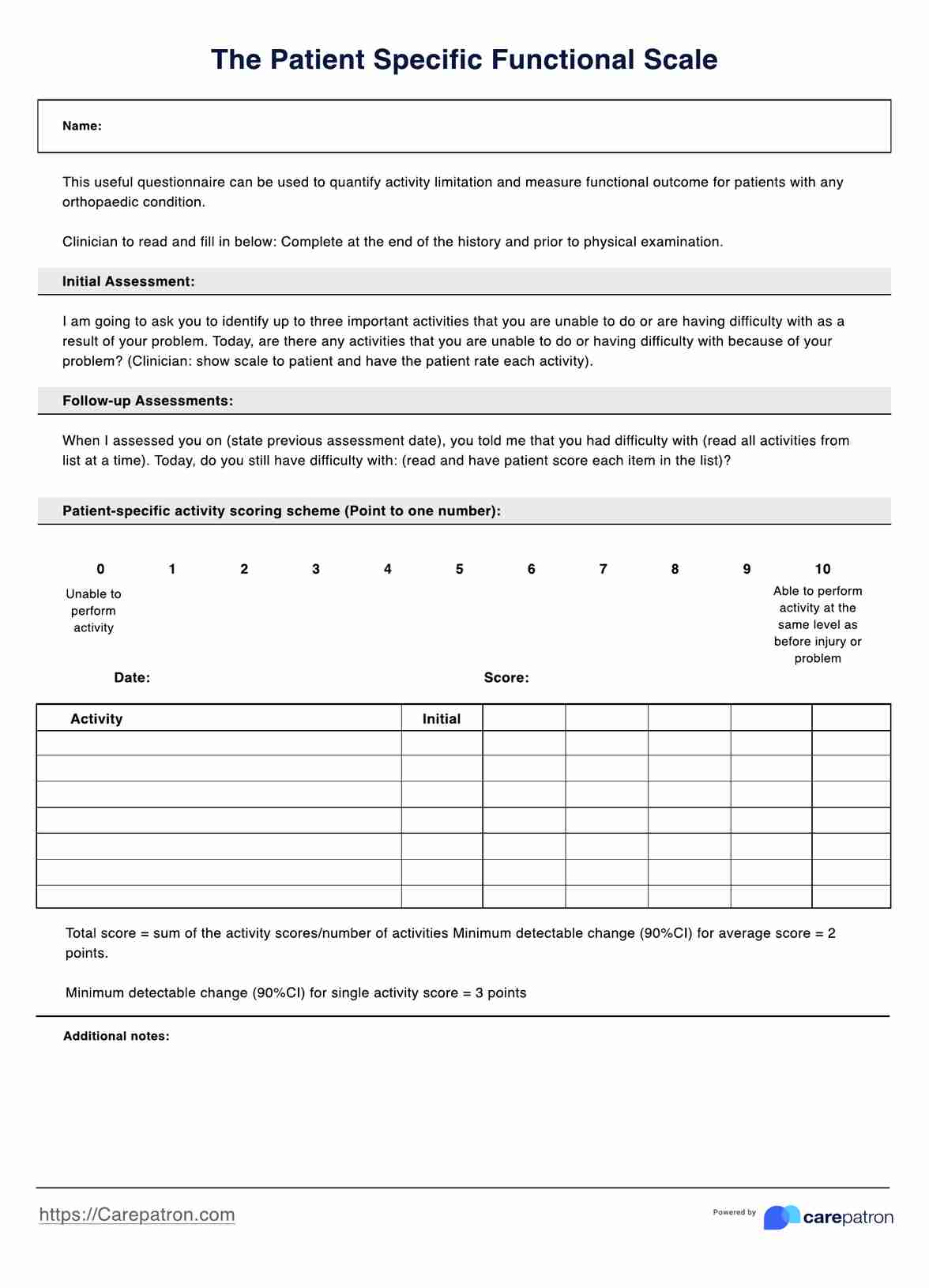Sensory Processing Disorder
Learn how sensory processing disorder works. Download a free Sensory Processing Disorder Checklist to help screen sensory concerns.


Understanding sensory processing disorder (SPD)
The nervous system processes sensory input to help individuals react and adapt to their surroundings. In those with sensory processing disorder (SPD), the brain struggles to organize and interpret this information, resulting in unusual responses to stimuli. These can include being over- or under-responsive to sensory input like sound, touch, or movement, leading to challenges with everyday tasks.
SPD can be classified into three types: sensory modulation disorder, sensory-based motor disorder, and sensory discrimination disorder. These impact motor skills, balance, and sensory responses. Early identification and intervention, such as sensory diets and therapy, can improve development and overall functioning.
Healthcare professionals, especially occupational therapists, play a crucial role in identifying SPD and providing strategies that help individuals manage sensory challenges and improve their daily lives.
Sensory Processing Disorder Template
Sensory Processing Disorder Example
How does this Sensory Processing Disorder checklist work?
The Sensory Processing Disorder Checklist is a valuable tool for healthcare practitioners to screen for potential sensory processing difficulties in children and adults. By observing and noting the frequency of various sensory experiences and responses, practitioners can identify patterns and areas that may require further evaluation and intervention.
Here is a step-by-step guide on how healthcare you can use this template:
Step 1: Download the checklist
Access the Sensory Processing Disorder Checklist by clicking the "Use template" button. This lets you customize the checklist for your practice. For a PDF copy, click "Download."
Step 2: Explain the checklist to the individual or caregiver
Before beginning, provide a brief overview of the checklist's purpose. Explain that it explores sensory responses across different areas (e.g., tactile, vestibular) to identify possible challenges.
Step 3: Review each section
Go through each sensory category with the individual or caregiver, encouraging them to mark any statements that apply. Categories for sensory systems include tactile sense, vestibular sense, and more.
Step 4: Discuss the results
Once completed, review the marked items with the individual or caregiver. Highlight patterns or areas that may require further evaluation, and explain what the results might indicate.
Step 5: Provide the next steps
If the checklist reveals potential sensory processing challenges, discuss options for further assessment or interventions. This might include referrals to occupational therapists or sensory integration specialists.
When to use these Sensory Processing Disorder Checklist templates?
Sensory Processing Disorder Checklist templates are valuable tools for healthcare professionals, educators, and families. Knowing when to use these resources is essential for effective assessment, intervention, and support. Below are key scenarios where these templates can help address sensory processing difficulties:
Initial screening
Use Sensory Processing Disorder Checklist templates to identify sensory challenges in children or adults who exhibit symptoms such as auditory defensiveness, tactile defensiveness, or sensitivity to sensory input. These templates can help pinpoint potential concerns related to sensory modulation, sensory responses, or sensory system challenges.
Monitoring progress
You can regularly utilize these templates to track improvements in sensory processing needs over time. They are particularly useful for evaluating the impact of sensory integration therapy, sensory diets, or other interventions targeting sensory preferences, motor skills, or emotional responses.
Collaborative discussions
A Sensory Processing Disorder Checklist can act as a shared reference point during discussions between occupational therapists, educators, and families. It provides a structured way to communicate about sensory challenges, such as difficulty paying attention, poor posture, or reacting negatively to unexpected touch, ensuring everyone understands the individual's unique sensory processing needs.
Benefits of using this free Sensory Processing Disorder Checklist
Here are some of the benefits of using this free checklist:
Comprehensive assessment tool
Our free Sensory Processing Disorder Checklist comprehensively assesses an individual's sensory processing patterns, helping you identify strengths and challenges that impact overall functioning.
Time and cost-efficient
This Sensory Processing Disorder Checklist offers a cost-effective solution for healthcare practitioners, educators, and families to assess sensory processing needs, saving time and resources that would otherwise be spent on creating and sourcing assessments.
Improved collaboration
This Sensory Processing Disorder Checklist provides a common language for discussing an individual's sensory processing needs among healthcare practitioners such as an occupational therapist, educators, and family members, fostering improved collaboration and consistency in support across various settings.
Early identification and intervention
It can be used as a screening tool to identify sensory processing difficulties early on, enabling timely interventions and support that can significantly impact the individual's development and overall functioning.
Tailored support and intervention
By providing insights into an individual's sensory processing patterns, a Sensory Processing Disorder Checklis help create tailored intervention plans that address specific sensory needs, ensuring appropriate support to enhance overall well-being and functioning in various environments.
Commonly asked questions
Yes, the Sensory Processing Disorder Checklist can be used for individuals of all ages, including children and adults. Some checklists may have age-specific items for sensory processing disorder symptoms, so choosing the appropriate version for the assessed individual is essential.
There is no specific timeline for administering the Sensory Processing Disorder Checklist, but it can be used periodically to monitor progress, evaluate the effectiveness of interventions, and adjust treatment plans as needed. Collaborating with other healthcare professionals and caregivers is essential to determine the appropriate frequency for each individual.
Sensory processing disorder (SPD) can manifest in various ways, and identifying red flags is crucial for early intervention. Some of the red flags to look out for include sensitivity to sensory output, seeking sensory input, difficulty with transitions, and unusual pain response.


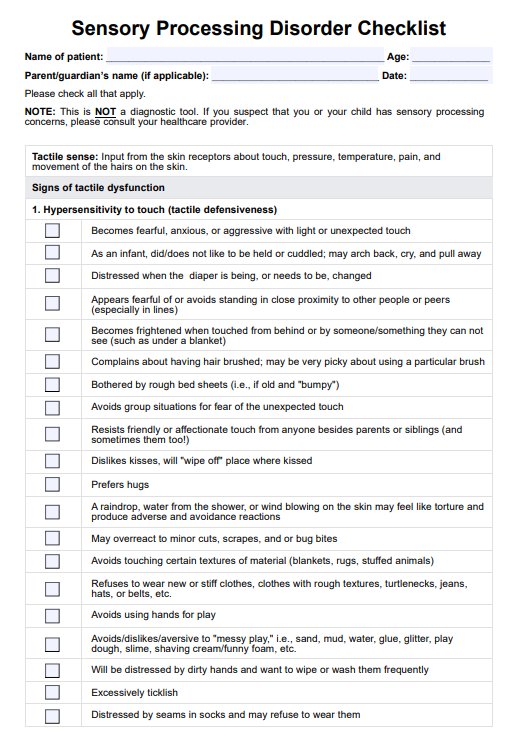


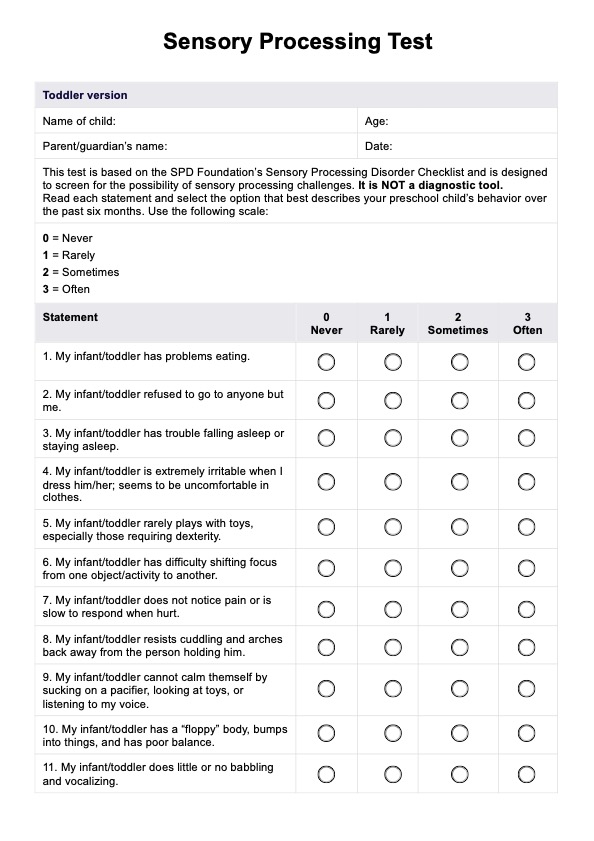
















-template.jpg)


















































































